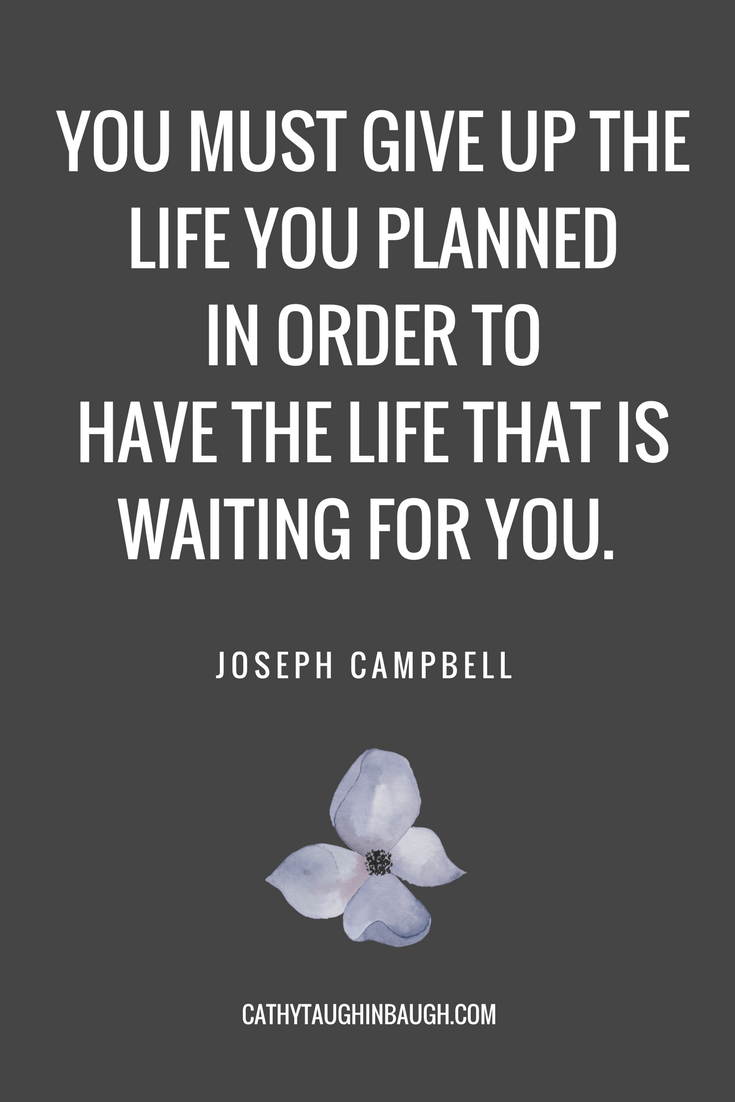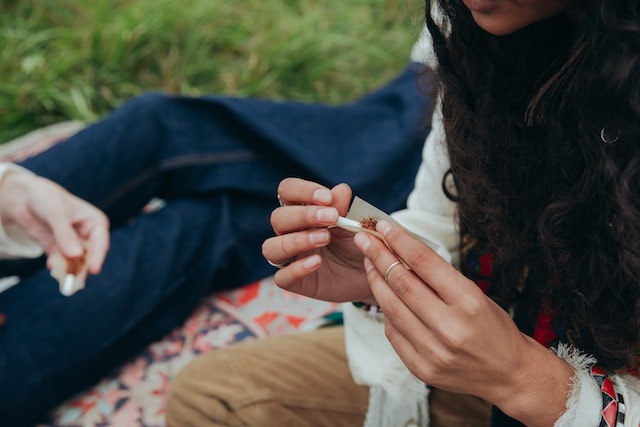Love Them Until They Can Love Themselves
Love Them Until They Can Love Themselves
Sat, 12 Feb 2022 18:30:40 +0000
This article originally appeared on:
cathytaughinbaugh.com/love-them-until-they-can-love-themselves/
If you don’t love yourself, you’ll always be chasing after people who don’t love you either. ~ Mandy Hale
Do you feel that you are trying to solve your child’s pain?
Does your adult child not seem to love themselves? Have you tried to help them to no avail?
When you are in emotional pain, it’s easy to withdraw and shut down.
You may become angry, resentful, and blame others. The situation can feel impossible.
Your child’s substance use may consume you. It‘s hard to think about the other members of your family. Sometimes isolating so the denial can continue may seem the more natural path to take. Yet, It can feel like a comfortable role until you remember that it won’t work for you in the long run.
In addition, while it’s not your fault that your child turned to substances, change requires that you do your inner work and accept some responsibility for the problem.
Love from the sidelines
As onlookers from the sidelines, you try everything you can to make it all better and fix the problem. Maybe you’ve given money, a car, a place to live, a hot meal, love, and affection. The feeling of guilt for what you believe to be your part in the pain contributes to your overdoing. Tears are shed. You may yell, beg, scold, and nag to no avail.
Suggestions from others are made. They can be helpful or not. Your child may try to blame you for their problems, which can be upsetting. Family members point fingers blaming each other. Furthermore, you may have an idea of how you want to handle the problem, so you don’t always listen to others if you don’t think it’s going to be helpful.
You find yourself making continual excuses for why your child doesn’t attend family functions and why they are struggling. The enabling, the constant worrying, and the sadness can take a toll. Your heart is filled with love. Yet, you realize that you can’t fix your child.
You become exhausted and realize it’s time to take a break.
I can’t change anyone’s behavior, but I can influence that behavior by my actions. –Robert Meyers
We can love our children, but they won’t love us back in any meaningful way until they get on the path to healing.
But, you can hold both joy and pain in your heart at the same time as you find ways to move forward.
Certainly, when you are emotionally drained and feel there is nothing more you can do, here are three ways to continue to love your child and still have yourself:

Forgive yourself
Say goodbye to the suffering that has gone on for years. You can accept that you cannot make your child love themselves. Only they can do that. But you can be a support person, helping them along the way.
Everyone who struggles in life has a family story that most likely contributed to the problem. Make amends if you feel the need to. Then forgive yourself for anything you feel you may have done to contribute to the problem.
We all make mistakes. It does not do any good to continue to relive our past transgressions. Self-compassion will give you new strength to carry on.
Today is a new day. You have a clean slate, and you can now start again.
Exercise, meditate, write
Exercise in any way that works for you. For example, try walking, yoga, or tennis. Find something that will keep your body moving.
Take a moment to sit each day and give your mind a rest. You will have more clarity. It will help with anxiety, depression, and inner peace.
Write in a journal. It can help lead you to your inner thoughts. You will be able to think through and solve family issues and feel empowered and understand yourself and your situation.
Take a break when needed.
It’s okay to take a break. If you are feeling emotionally overwhelmed, that might be the best thing you can do for yourself.
You can motivate your loved one to change, but you cannot cure, fix, or change someone else’s life unless they are ready to make that change. Above all, accept them for who they are, even if they have unsolved issues.
Meeting them where they are, as in harm reduction, is a way to start on the road to recovery.
It is essential to consider your health. Give yourself the respect that you deserve. You are not abandoning your child if you step away for a time to take care of yourself.
Most importantly, hang on to the hope that when your loved one is ready, you will both be able to move forward to a better place.
Our children need our love and support.
We never want to give up on them. You can be there for your child in a supportive role.
Be the example to follow.Provide tools for change. Allow them to take responsibility for their lives. Take care of yourself along the way.I’ve been in a similar situation with a struggling child. For example, each night when I would go to bed, I would say a little prayer for my loved one’s well-being and safety. It helps to send positive wishes to your child each day. It will help you feel better.
Know there is hope for a better tomorrow.
There are millions in recovery. Your child can be there too.
“You yourself, as much as anybody in the entire universe, deserve your love and affection.” Buddha
In conclusion, there are things that you can do to help your child or other loved ones feel better about themselves. The more you can be a support for them, the better.
To recap:
Love from the sidelinesForgive yourselfExercise, meditate, writeTake a break when needed.What thoughts do you have about how you can love your child and help them change?
Thank you for reading! This article was updated on February 12, 2022
Thank you for reading. I know you have many options on content. Don’t forget to sign up for my Sunday newsletter filled with information and inspiration. Sign up now.
All In Solutions Counseling Center is a network of addiction treatment providers. We provide outpatient and inpatient addiction treatment programs that are individualized to meet each client's needs. Our specialized programs include:
- Faith-based addiction recovery
- Medication-assisted addiction treatment
- Art therapy addiction recovery
- Men's addiction treatment
- Women's rehab
Our locations include:
Love Them Until They Can Love Themselves-All In Solutions-All In Solutions - A Solutions Based Behavioral Healthcare Group
from All In Solutions https://ift.tt/3FjvY9L
via IFTTT



